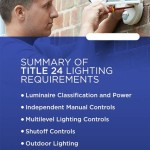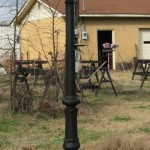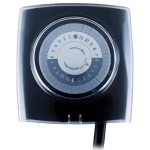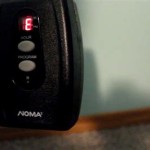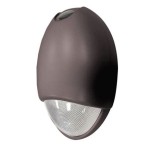Installing Outdoor Security Lights: Essential Considerations
Outdoor security lights are an essential element of any comprehensive home security system. Not only do they deter intruders by illuminating potential entry points, but they also provide increased visibility for you and your family when navigating your property at night. Installing outdoor security lights can seem like a daunting task, but by following these essential steps, you can ensure a successful and hassle-free installation.
Step 1: Planning and Placement
Before purchasing and installing your security lights, it's crucial to carefully consider their placement and the intended coverage area. Start by identifying potential entry points around your home, such as doors, windows, and garages. Ensure that the lights are positioned to illuminate these areas effectively without creating blind spots. Additionally, consider the surrounding landscape and any obstacles that may block the light's path.
Step 2: Choosing the Right Fixtures
The type of security light fixtures you choose will depend on your specific needs and preferences. Consider the following factors:
- Brightness: Measure in lumens, determines the amount of light emitted. Choose brighter lights for larger areas or darker surroundings.
- Coverage Area: The angle and range of the light beam will determine the size of the area it illuminates. li>Motion Detection: Motion-activated lights turn on automatically when they detect movement, saving energy and deterring intruders.
- Style: Choose fixtures that complement the aesthetic of your home and outdoor space.
Step 3: Wiring and Installation
Once you have selected your security lights, it's time to install them. If you are not comfortable working with electrical wiring, it's highly recommended to hire a licensed electrician for this task. Here's a general overview of the installation process:
- Turn off the power at the main electrical panel.
- Connect the wires from the security light to the appropriate terminals in the junction box.
- Secure the light fixture to the mounting surface using the provided hardware.
- Restore power and test the light to ensure it is functioning correctly.
Step 4: Maintenance and Troubleshooting
Regular maintenance is essential to ensure your security lights continue to function optimally. Periodically check the bulbs and replace any that have burned out. Inspect the fixtures for any damage or corrosion and address any issues promptly. Additionally, keep the area around the lights clear of debris or vegetation that may obstruct the light's path.
If you encounter any problems with your security lights, follow these troubleshooting tips:
- Flickering or Dim Lights: Check the bulb and replace if necessary.
- No Power: Check the connections at the junction box and ensure the power is turned on.
- False Triggers: Adjust the sensitivity of the motion sensor or check for any obstructions.
By following these essential steps, you can ensure that your outdoor security lights are installed correctly, providing reliable protection for your home and peace of mind for you and your family.

Everything You Need To Know About Security Light Installation

Led Security Lights The Ultimate Guide To Home Safety

How To Install Replace Outdoor Light Easy Simple

How To Install Security Lights Diy Family Handyman

Diy Security Light Installation Deep Sentinel

Outdoor Security Lights A Guide To Increase The Safety Of Your Home Staysafe Org

Installing A Motion Sensor Light Fine Homebuilding

Best Outdoor Motion Sensor Lights 2024 Security

Security Light Installation Newcastle Hunter Newage Electrical Air

Installing Outside Security Lights Costs
Related Posts

